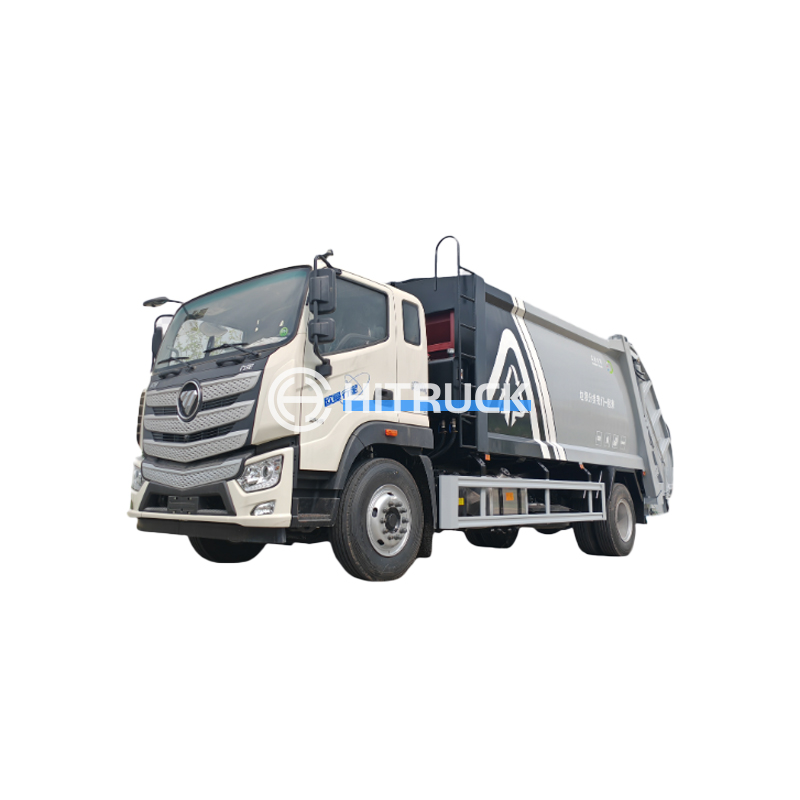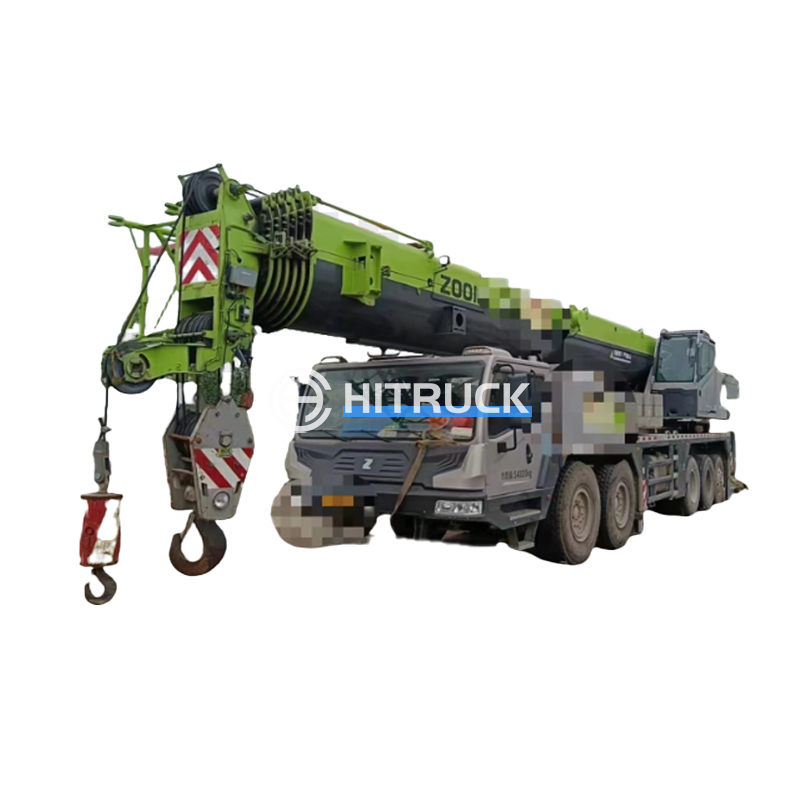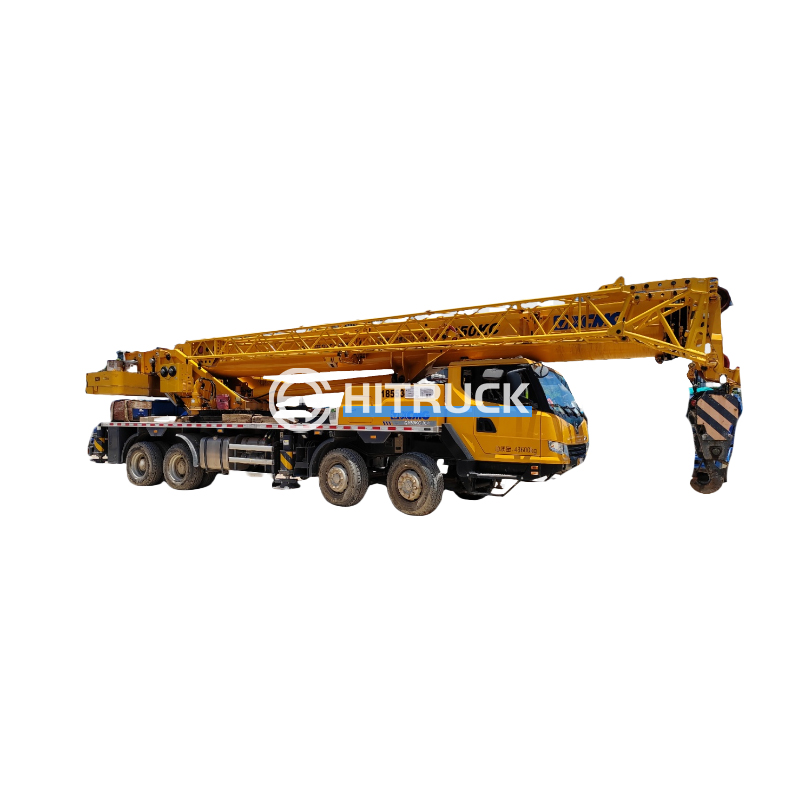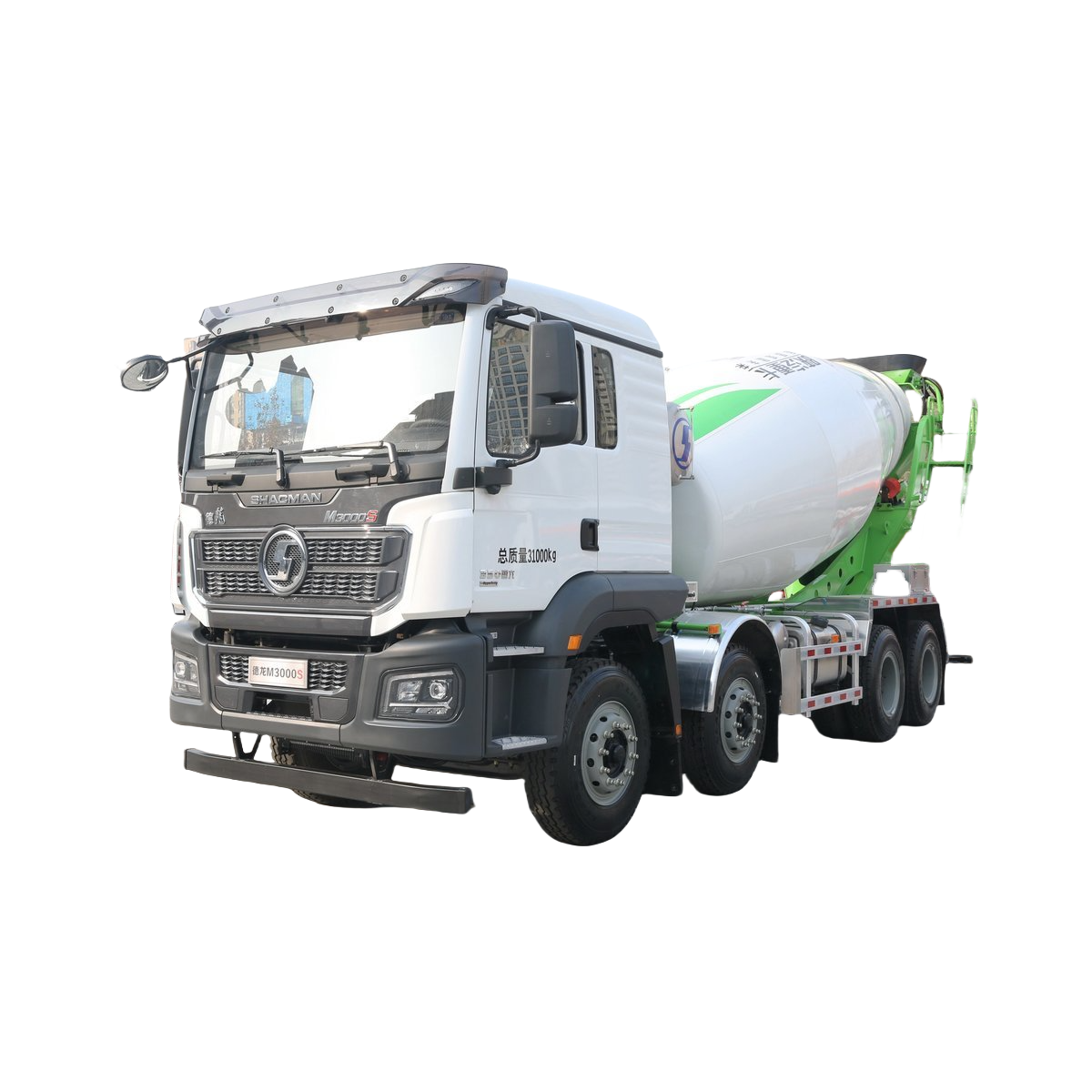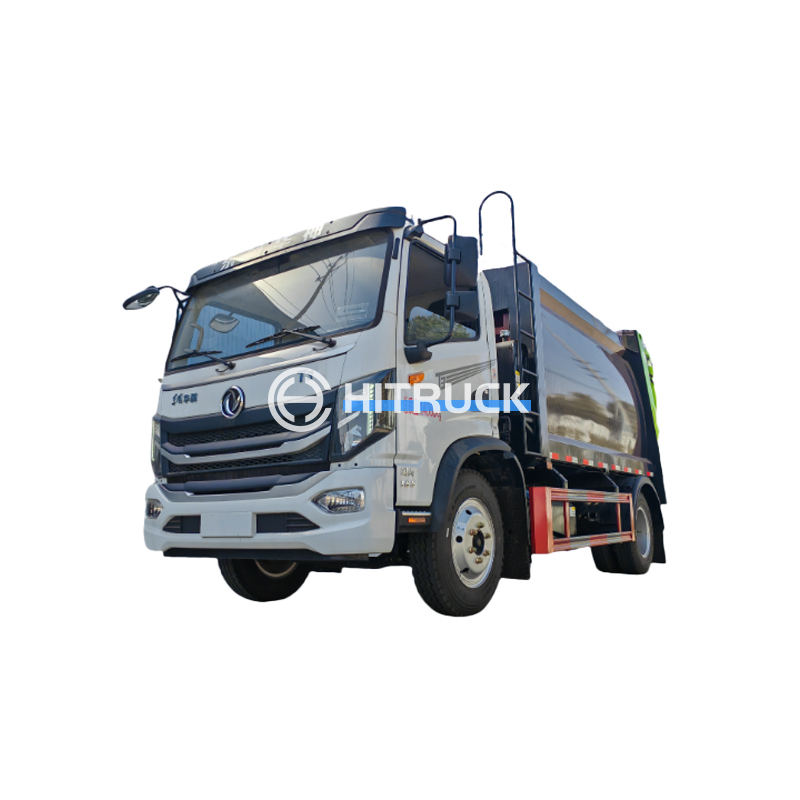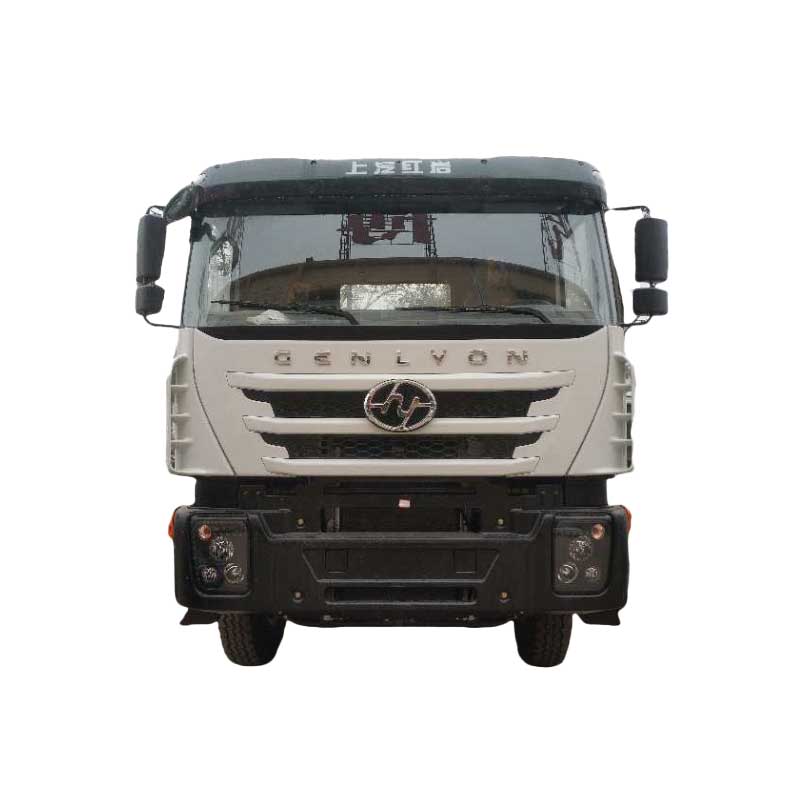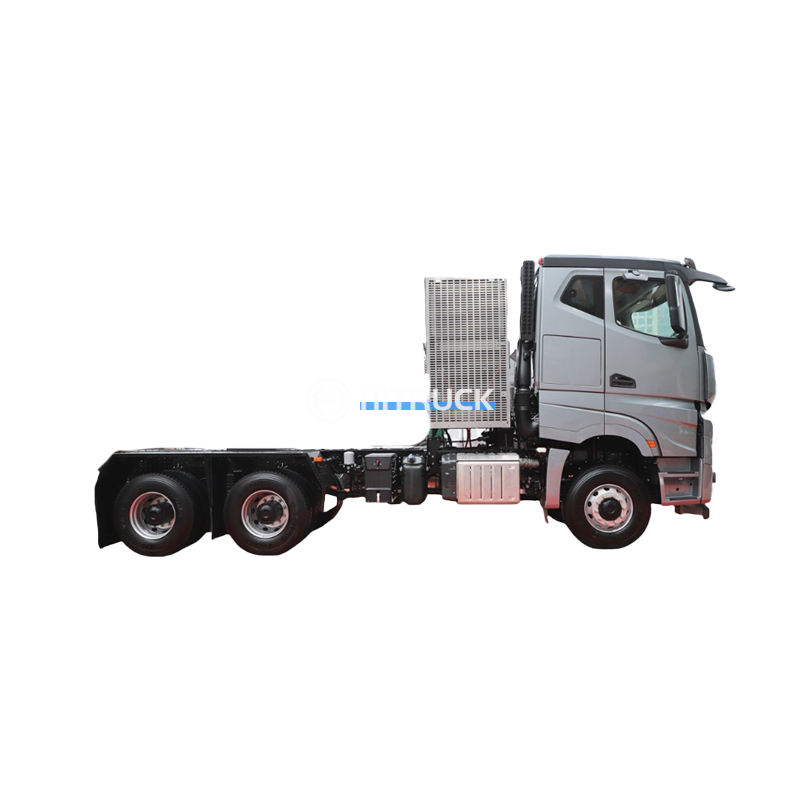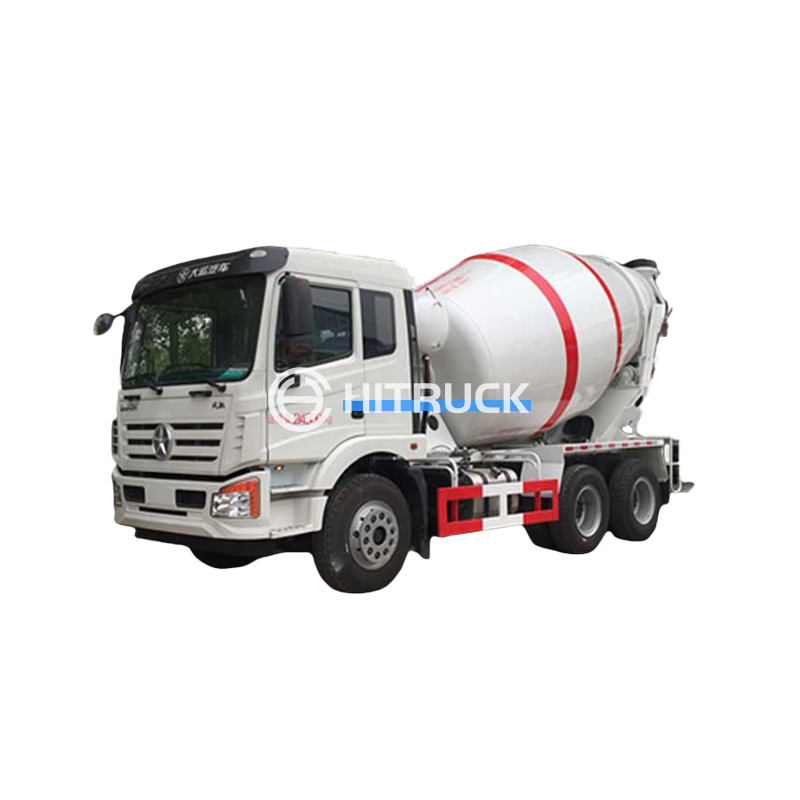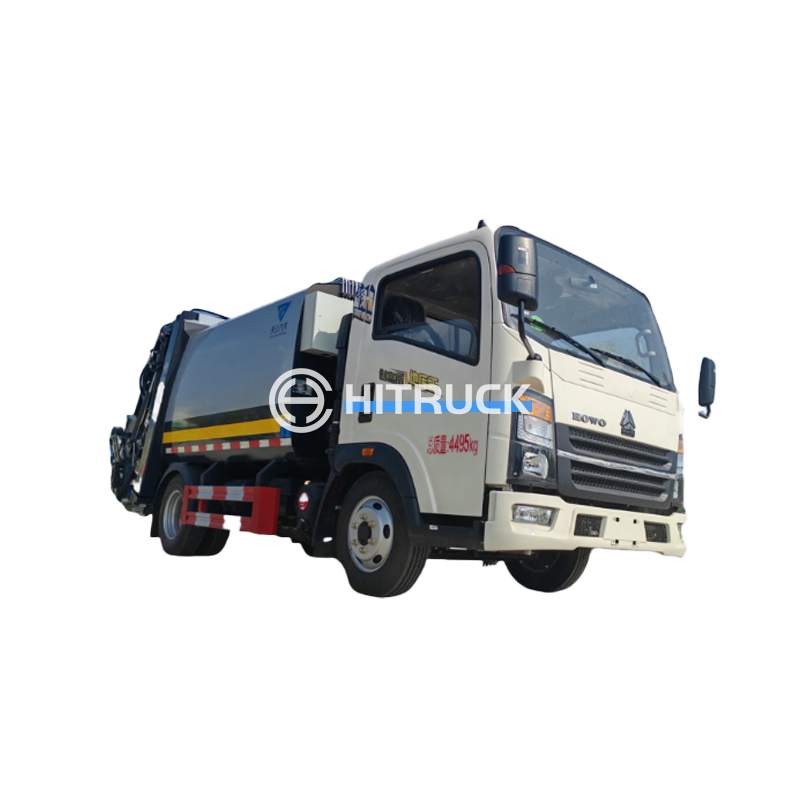This comprehensive guide explores the intricacies of bottom slewing tower cranes, providing insights into their operation, selection criteria, and applications. We delve into key features, safety considerations, and factors to consider when choosing the appropriate crane for your project. Learn how to optimize efficiency and minimize risks associated with these powerful lifting machines.
A bottom slewing tower crane differs from top slewing cranes in its slewing mechanism. Instead of the crane jib rotating at the top, the entire tower structure rotates on a base at the bottom. This design offers several advantages, including increased stability, particularly in challenging wind conditions. The base typically incorporates a large circular slewing ring, enabling smooth and controlled rotation. Understanding the unique characteristics of bottom slewing tower cranes is crucial for selecting the right equipment for specific construction projects.
Bottom slewing tower cranes are available with varying lifting capacities and maximum hook heights, depending on the model and manufacturer. These specifications directly impact the crane's suitability for different projects. Larger projects requiring the lifting of heavier loads will necessitate cranes with higher lifting capacities. Similarly, the required hook height should correspond to the vertical dimensions of the construction site.
The slewing mechanism is a critical component of a bottom slewing tower crane. It dictates the smoothness and speed of rotation. Factors such as the size and design of the slewing ring, as well as the power source, influence the efficiency and precision of crane movements. Higher rotation speeds can improve efficiency, but safety considerations must always be paramount.
The jib length significantly affects the crane's reach and operational area. Different jib configurations, such as luffing jibs (capable of changing their angle) or fixed jibs, are available to suit diverse project needs. Choosing the appropriate jib length ensures the crane can reach all required areas on the construction site.
Safety is paramount when operating any crane. Bottom slewing tower cranes typically incorporate several safety features, including overload protection systems, emergency stops, and wind speed monitoring devices. These features help mitigate risks and ensure the safety of personnel and equipment. Regular inspections and maintenance are crucial to maintaining the integrity of these safety systems.
Selecting the ideal bottom slewing tower crane involves careful consideration of several factors:
Several reputable manufacturers produce high-quality bottom slewing tower cranes. Comparing features, specifications, and pricing from different manufacturers is essential to finding the best option for your project. Consider factors such as reputation, customer support, and warranty offerings.
| Manufacturer | Lifting Capacity (tons) | Max. Hook Height (m) | Jib Length (m) |
|---|---|---|---|
| Manufacturer A | 10-20 | 50-80 | 40-60 |
| Manufacturer B | 15-30 | 60-100 | 50-70 |
Note: Specific specifications vary depending on the model. Always consult the manufacturer's data sheets for accurate information.
For further assistance in selecting the perfect bottom slewing tower crane for your specific needs, consider contacting Suizhou Haicang Automobile sales Co., LTD – a reliable source for heavy machinery solutions. Their expertise can guide you towards making an informed decision that prioritizes safety and efficiency.

